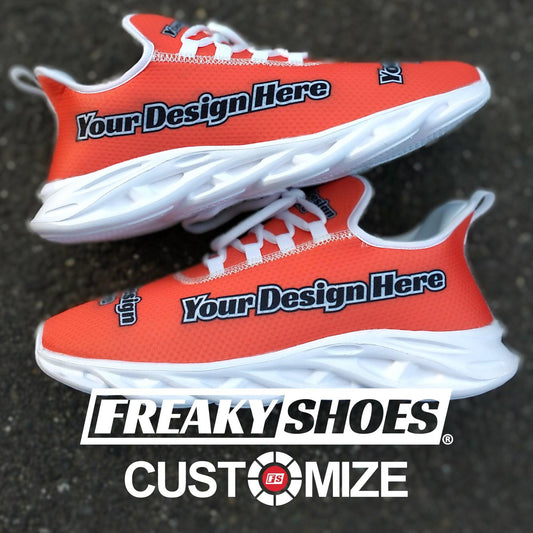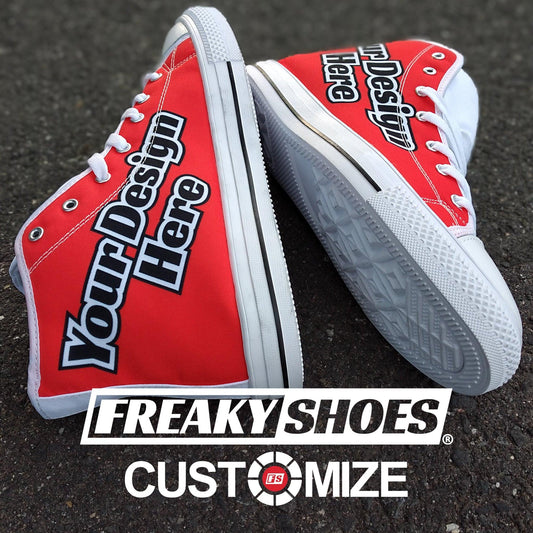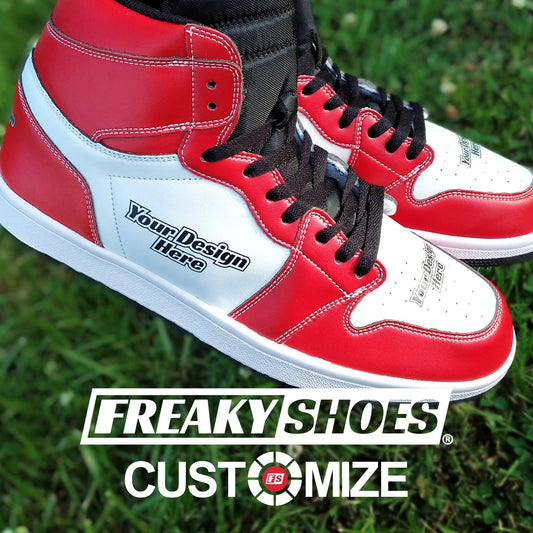Did you know you can fix the sole of your shoe yourself? It’s true. With a few simple tools, you can patch up your shoes at home.
How?
In short:
To fix the sole of your shoe, clean the area, apply strong shoe glue, and press the sole. After all of this, let it dry overnight under weight. For worn-out soles, use a replacement kit or visit a cobbler.
Want more info? We’ll show you exactly how to fix the sole of your shoe step by step. That’s not all. Plus, we’ll share tips on preventing future sole damage so you can walk confidently. Stay tuned!
Key Takeaways
-
Clean the sole first: Dirt and moisture stop the glue from sticking well.
-
Use strong shoe glue: Pick Shoe Goo or Gorilla Glue for lasting hold.
-
Clamp and dry overnight: Press the sole tight and let it cure for 24 hours.
-
Try duct tape in emergencies: It holds the sole in place until you can glue it.
-
Stitch the sole if needed: Use thick thread for a strong, glue-free fix.
-
Use heat for quick reseal: A hair dryer can help rubber soles stick again.
-
Prevent future damage: Rotate your shoes, keep them dry, and clean them often.
Signs Your Shoe Sole Needs Repair
We’ve seen a lot of shoes in our time, and one thing we’ve learned is that catching a sole problem early can save you time, money, and your favorite pair. Here are the most common signs to watch for:
|
Sign |
What It Means |
|
Cracked or Split Sole |
The sole is breaking apart, which means it’s losing its structure. |
|
Worn-Down Tread |
The grip is gone, which can be dangerous on wet or smooth surfaces. |
|
Sole Separation |
The sole is peeling away from the shoe, usually at the toe or heel. |
|
Squeaking or Unusual Noises |
The sole might be loose or there’s moisture trapped inside. |
|
Uneven Wear Patterns |
The sole is thinner in certain areas, which throws off your balance. |
|
Holes or Punctures |
Dirt and moisture can get in, making the shoe uncomfortable. |
How to Fix the Sole of Your Shoe: Step-by-Step Guide

To fix your shoe sole, clean it first and let it dry. Then add strong shoe glue, press the sole back on, and clamp it tight. Let it sit overnight for better results.
Don’t have glue? Use duct tape or zip ties as a quick fix. Stitching or heat can also help in a pinch.
We’ve fixed a lot of worn-out shoe soles, and while it can seem tricky at first, it’s actually a pretty straightforward process. Here’s how to fix the sole of your shoes:
Step 1: Clean and Prepare the Sole
Before you even think about gluing, make sure the sole is clean. Start by wiping the sole with a damp cloth to get rid of loose dirt. If it’s really dirty, a stiff brush helps break up the stubborn stuff.
Then, let it dry. Any leftover moisture can weaken the bond, so give it a few hours if needed.
Once it’s dry, we like to use a bit of rubbing alcohol to wipe down the surface. This removes any oils and gives the glue a better grip. Finally, roughen up the sole with some fine-grit sandpaper.
Step 2: Apply the Adhesive Correctly
Here’s the thing: Choosing the right glue is key. We stick to shoe-specific adhesives like Shoe Goo or Gorilla Glue because they stay flexible and handle moisture well. Regular glue just won’t cut it.
Spread a thin, even layer of glue on both the sole and the shoe bottom. Focus on the edges, where soles tend to peel first. Then, let the glue sit for about 6-10 minutes until it gets tacky.
Once the glue is ready, press the sole firmly back onto the shoe. Make sure everything lines up before the glue sets, because once it bonds, there’s no turning back.
Step 3: Clamp and Let It Cure
Clamping is critical. Without pressure, the glue won’t hold as well, and the repair won’t last. We use C-clamps, binder clips, or even heavy books if we’re in a pinch.
Before clamping, we slip a piece of cloth between the clamp and the shoe to prevent marks or dents. This small step saves a lot of frustration later.
Then, let the shoe sit for at least 24 hours. We’ve tried rushing this part before, and it just doesn’t work. The longer the glue cures, the stronger the bond.
Step 4: Test and Reinforce the Repair
After the glue has cured, give the shoe a little flex test. Bend it, twist it, and take a few steps to make sure everything feels right. If the sole peels back at all, add a bit more glue and clamp it again.
Step 5: Final Touches and Maintenance Tips
Once the sole is fixed, it’s a good idea to clean the whole shoe. It blends the repair and makes the shoe look fresh again. If it’s a leather shoe, a bit of polish can work wonders.
To keep the repair strong, avoid wet or rough surfaces for a few days. A waterproof spray can also help protect the fixed area, keeping the sole in place longer.
How to Fix a Detaching Sole Without Glue

If your shoe sole is coming off and you don’t have glue, use duct tape, zip ties, or thick rubber bands to hold it in place temporarily. For a stronger fix, stitch the sole using thick thread. At home, you can also try heat-sealing it with a hair dryer carefully.
When a shoe sole starts peeling and you don’t have glue handy, it can be a real pain. But don’t worry – there are a few clever tricks that can hold things together until you can make a proper repair.
Here’s what you can do step-by-step:
1. Use Duct Tape for a Temporary Fix
Duct tape is a quick, reliable fix when your sole starts to peel. It’s strong, flexible, and sticks to just about anything, which makes it perfect for this kind of emergency.
First, make sure the sole is dry and as clean as you can get it. If it’s wet or dirty, the tape won’t stick well. Just wipe it down with a napkin or a shirt sleeve if you’re on the go.
Next, tear off a long strip of duct tape – enough to wrap around the shoe a few times. Start at the back or the front, depending on where the sole is peeling, and wrap the tape tightly around the shoe. Overlap each layer to create a stronger hold. Press down firmly to make sure it sticks well.
This fix isn’t the prettiest, but it’ll hold for a day or two, even if you’re walking a lot.
2. Use Zip Ties for a Quick, Strong Hold
Zip ties are great for holding a loose sole in place, especially if you’re looking for something stronger than tape. They’re tough, weather-resistant, and easy to find.
To start, slip a few zip ties around the shoe, catching both the sole and the upper. Pull them tight, but not so tight that you crush the shoe. Space them out evenly for a more secure hold – usually, three or four ties will do the trick.
Once they’re tight, trim off the excess ends. You don’t want sharp bits poking into your foot or catching on things. We’ve found that the thicker zip ties work better, as they can handle more stress without snapping.
This fix can last a while, but the shoe might feel a bit stiff.
3. Stitch the Sole for a Semi-Permanent Fix
If you have a needle and strong thread, stitching is one of the best ways to fix a detaching sole without glue. It’s more work, but it’s worth it if you need the repair to last.
Start by cleaning the shoe and sole, so the thread doesn’t slip. Use a thick, strong thread – something like nylon or waxed thread works best. Regular sewing thread will snap too easily.
Now, stitch through the sole and the shoe upper, using a criss-cross or zigzag pattern. This keeps the sole from peeling back. Make each stitch tight, and double back if you can. This adds extra strength.
Once you’ve stitched all the way around the loose area, tie off the thread securely.
4. Use Elastic Bands for a Quick, Flexible Fix
Thick rubber bands are a surprisingly good temporary fix. They’re stretchy, durable, and easy to find – even in a random desk drawer.
First, clean the sole to make sure there’s no dirt or moisture. Then, stretch the bands around the shoe, covering the loose sole completely. If the sole is peeling at the front, loop the bands over the toe area. If it’s the heel, focus the bands there.
5. Heat-Sealing with a Hair Dryer or Heat Gun
If you’re at home or have access to a hair dryer, you can use heat to reseal a detaching sole. This works well for rubber and synthetic soles, but be careful – too much heat can damage your shoe.
First, clean the sole and the shoe bottom as much as possible. Then, heat the sole with a hair dryer or heat gun on a medium setting. This softens the rubber, making it more flexible and sticky.
Press the sole firmly against the shoe bottom while it’s still warm. Hold it there until it cools and sets. You can also use a heavy book or a clamp to keep pressure on it while it cools.
Tips for Preventing Future Sole Damage
Fixing a shoe sole is one thing, but keeping it from wearing out in the first place is even better. We’ve picked up a few tricks over the years that can help you avoid those annoying repairs. These tips will keep your shoe soles in good shape and save you money in the long run.
|
Tip |
Why It Matters |
|
Rotate your shoes |
Helps each pair dry fully and last longer |
|
Use sole protectors or taps |
Reduces direct wear from rough surfaces |
|
Clean your shoes often |
Removes dirt that slowly grinds down the sole |
|
Avoid wet conditions |
Moisture weakens glue and softens the sole |
|
Add insoles for cushioning |
Less impact on soles means longer life |
|
Don’t drag your feet |
Prevents early wear at heels and toes |
|
Store shoes properly |
Keeps them dry and prevents mold or sole damage |
|
Replace soles early |
Saves the shoe before deeper damage happens |
|
Use a shoe repair kit |
Fixes small issues before they get worse |
Final Words
Fixing the sole of your shoe is easier than you might think. Here’s a recap to keep in mind:
-
Clean your shoes regularly to reduce wear.
-
Use sole protectors or taps for extra protection.
-
Replace soles before they’re too worn down.
-
Store your shoes properly to prevent moisture damage.
-
Use insoles to reduce impact and extend the life of your soles.
With a few simple steps, you can keep your shoes lookinggreat for years.


















